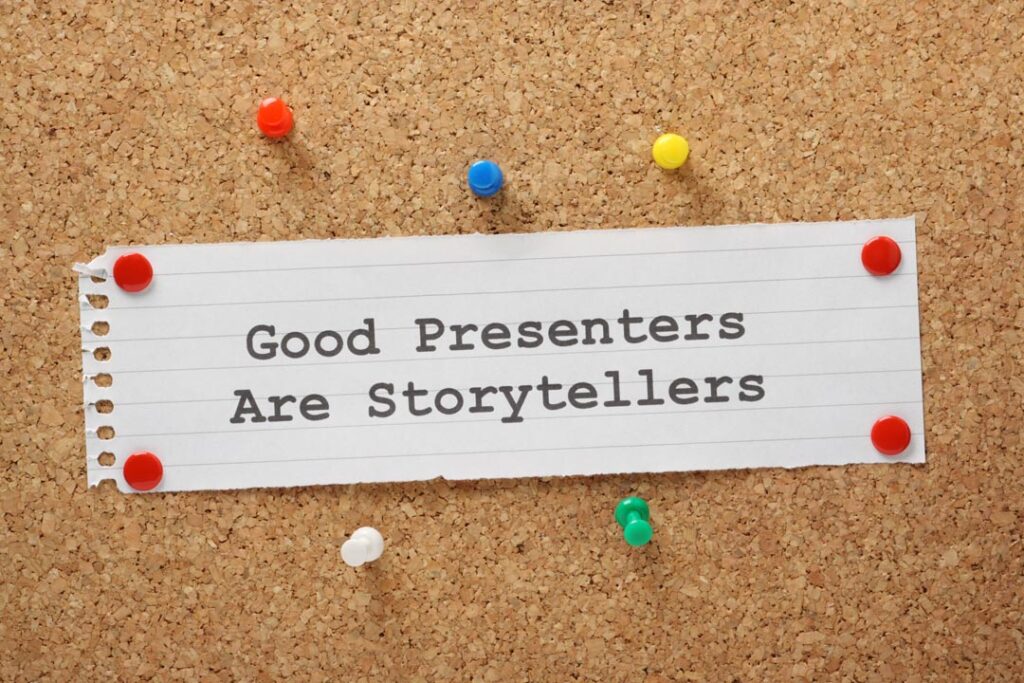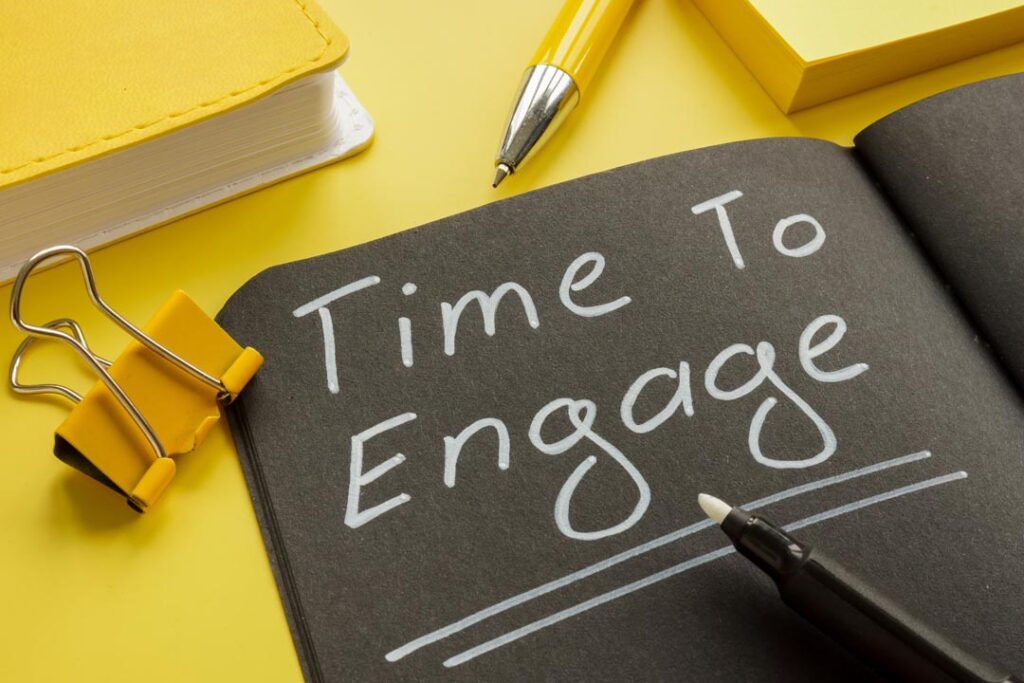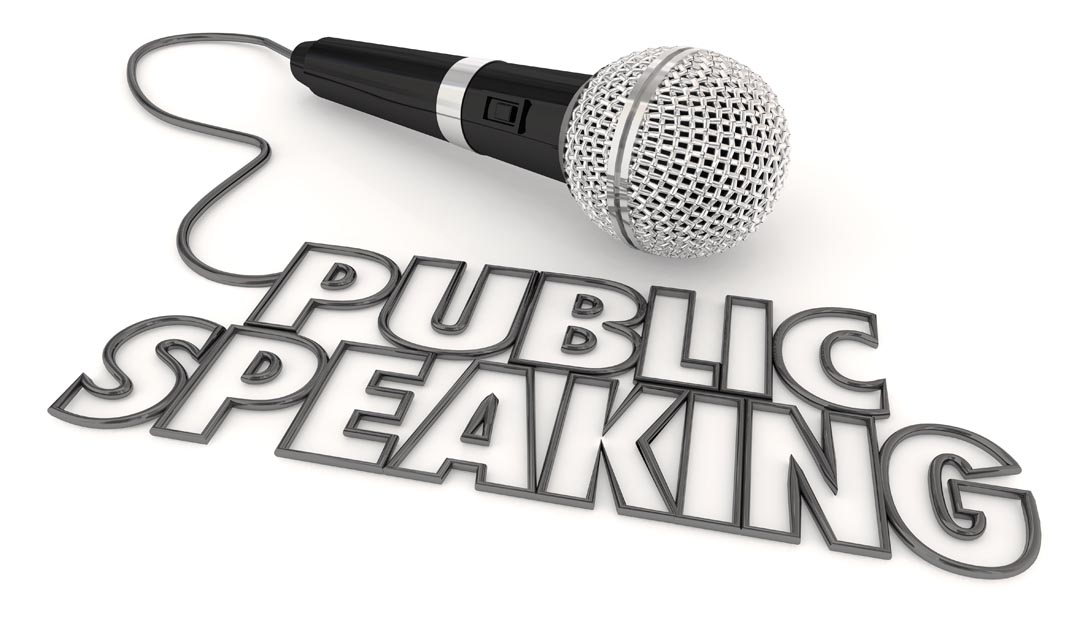On social media we asked about advice for presentations and boy did our community answer, read their strategies and tips here
Public speaking is an art form that requires more than just the ability to speak loudly and clearly—it demands engagement, preparation, authenticity, and a deep connection with your audience. Drawing from a wealth of advice shared by professionals across various platforms, we delve into the nuances of effective public speaking, offering a detailed guide that encompasses the collective wisdom of seasoned speakers and listeners.
Finding your rhythm
Dave Pope underscores the essence of public speaking with his reference to the three E’s: “Engage, educate, entertain.” He suggests using music, specifically Motörhead in his case, to pump up his energy levels before a presentation.
Jon Watkins delves into the mental aspect of public speaking, asserting that “It’s not just about the content.” He points out that managing the mental, emotional, and social aspects of speaking is crucial, stating, “Get those under control, and you can thrive on a stage.”
Focusing on preparing the mind for public speaking is also where Helen Lawson contributes. From getting your “butterflies in formation” to recognising that “people want you to be good.” Helen encourages speakers to understand the difference between fear and actual danger and to overcome imposter syndrome by realising, “You have a place on the stage for a reason.”
Jay Fulgencio boils his advice down to three key elements: “Be confident, be prepared, and speak confidently.” This succinct guidance underscores the importance of self-assurance and thorough preparation in delivering an effective speech. Ali Glaser continues with the confidence theme, saying, “Own the room/stage! Believe you are there as an expert on your topic. People are there to hear what you have to say. Stand in your confidence!”
David Hayden reminds us not to say that we forgot something, “The audience don’t know what you intended to say or not.” Ned Young adds to this, “No matter how many times you have practiced and heard your presentation, be it physically or mentally, it will likely be your audience’s first time.” So that means that you can, “Go easy on yourself, you’re still doing something that many wouldn’t!”
Rehearse, rehearse, rehearse
Lior Locher’s advice centres on rehearsal and engagement with the audience. “Rehearse. Out loud,” Lior insists, highlighting the necessity of being familiar with your key points and how you want to deliver them.
A great tip from Craig Kaye: “Don’t write out a speech which you plan to read from, your breathing will become faster and you’re likely to find it difficult to glance at your audience and remember exactly where you are up to. Instead consider bullet-pointing a few words which will set you off in the right area, colour code them so you can easily locate where you are up to in your public talk”.
Victor Grytsenko reminders us about practice, saying “I taught a lot of experts who knew what to say. But don’t know how: which words. Practice your speech as many times as you can. Especially if you are a newbie.”
“Start small,” recommends James Hampton, “some of the best comedians test their stadium material to smaller audiences before hitting the big stages and they also test things out there too, so don’t be afraid to try things and take risks.”
The verbalisation part of practice is essential. Phil Wilcox says to “Practice out loud. It can be tempting to do rehearsals in your head. You need to form the words in your mouth. Your mouth and your mind need to get used to how the words, sounds and utterances feel as you formulate and speak.” Claire Dearman shares her advice and experience: “Say it out loud, finding your rhythm and how the word flow are key for me.”

When thinking about developing your skills, Stephanie Barnes shares that she, “took an improv course, years ago, it was the best thing I ever did to improve my public speaking.” Stephanie and other speakers have also suggested Toastmasters, or whatever option is right for your personal development.
Paul Matthews introduces a nuanced view of presentations, breaking them down into multiple layers: the one you prepare, the one you deliver, and the various versions perceived and remembered by the audience. He advises, “So do your best on the day, and realise that what people take away will not be what you prepared or delivered.”
Robert Wagner expands this point with a reminder of that famous quote from Maya Angelou: “After the event, people won’t remember what you said, but they will remember how you made them feel.”
Death by PowerPoint…
Or death by design? David Hayden says, “Don’t be a martyr to your PowerPoint” and Victor Grytsenko highlights, “Your slides are your additional tool! You are the main! Don’t say ‘as you see on the slide…’. No! Tell the story to the audience and make it more exciting with slides.”
Very sage advice from Chris George, “Make every visual aid fight for its life.” Another way to look at this is, from Gaenor Aitken, is to “Be prepared to present without using PowerPoint as a crutch. That way if the technology fails, you know your stuff and can keep going.”
Flexibility and audience involvement
Ger Driesen stresses, “Contact before content. Be sure to connect first with your audience before delivering your content.”
This audience key principle in public speaking is shared by Chris George: “Care about your audience; know why they are there and what is important to them,” he states, emphasising the speaker’s role in meeting the audience’s needs. Lior Locher adds, “Find different people to connect to, in different sections of the room. It’s always two-way.” Robert Wagner also agrees, saying, “By focusing on how you engage with your audience and ensuring there’s an emotional connection you’ll have a better chance of getting your message across.”
“My advice,” says Con Sotidis, “treat it as a conversation – an interaction – think of it as a conversation between two people who are interested in the same topic or subject matter. So just walk up there and have a chat with a friend.”
David Hayden advocates maintaining flexibility in your presentation to “react to the feel of the environment.” He suggests involving the audience as a way to keep them engaged, noting the effectiveness of having them discuss the topic amongst themselves.

Looking out at an audience of ten or a thousand can feel overwhelming, but good advice from Helen Lawson is that, “You are only ever talking to one person. Eradicate the fear of the crowd by remembering each person has only one experience and that’s where your attention should be.”
Joe Parry gives a great tip that many people don’t think about, which is to “Pause to help the messages you’re delivering land with your audience.” People often also want to take pictures of your slide content, so try not to move through them at such a pace that you leave people disappointed.
A great point from Willian J. Ryan is to, “Ask questions and listen to people’s responses. Allow time to weave their knowledge into the shared content.” It can be a challenge when you are on stage, trying to remember what you need to say, with the adrenaline running through you, but this tip is about calming down and focusing your energy outwards to the real star of the show, your audience. Joan Keevill warns that, “If you focus inwards you ignore” the audience, which we don’t want to do!
Lior Locher advises speakers to, “Leave space. Enjoy the connections,” and to make eye contact with different people across the room to ensure the communication feels two-way.
Another way to focus on that connection with your audience is by focusing on them, all of them. “Divide the audience into three parts. Centre, left side, right side,” suggests Victor Grytsenko. “Use from 30 to 60 seconds to speak with one part of the audience. Just turn left and make several steps on the stage. Then the same to the right. Give your time and attention to every part and every person in the audience.”
The role of personality and passion
“Care about what you are speaking about,” suggests Meg Peppin, and to, “Remember… People are interested in what you have to say. They’re not there to judge you.” You audience being interested in you is an important point that can help with being your authentic self. Michelle Jones found that, “It takes a while to figure out your natural presentation style but I learned that once I stopped trying to emulate other people and became more comfortable in my own skin that my delivery became more relaxed and ultimately this makes the audience relax and interact more.”
Extending this advice is Phil Reddall: “Turn the topic to something you’re passionate about, share your perspective, don’t feel you need to be the expert in the room, remember that people mostly want to hear what you’re doing and how it’s going. You don’t have to be industry-leading, people can learn from you whatever your journey in the topic has been.”
Agreement on this point from Kevin M. Yates, who advocates to “Show up onstage as who you are, not who you believe the audience wants you to be.” Michael Osborne expands on this, suggesting that, “You don’t need to have all the answers. If someone has a question you can’t answer, be open and honest. Let them know you’ll look into it and get back to them after. Take their details and follow up. This shows integrity, humility, and personal development on your part.”

This very passion for the project, and wanting to do something well, can create anxiety and reduce us to sweating, panting messes. Tricia Ransom suggests to, “Wear clothing that doesn’t show sweat.” To counter this stress issue, Jayne Davids shared that she is, “exploring is using breathing techniques to help reduce stress. Nerves and stress are bound to be present just before getting on stage” and shared about the physiological sigh.
Nicola Vollmar reminds us, “don’t expect everything to be perfect! You might have planned every second in advance and then all of the sudden ‘life happens’.” Gaenor Aitken agrees, saying, “Don’t be too serious. If things go wrong, which they inevitably do, it’s easier to laugh it off.” Humour and a light approach can really hep. “Enjoy,” prompts Christine Phillips, “your enthusiasm will rub off on your audience.”
Brent Schlenker also picks up on this passionate point, asserting that “People will sit through an entertaining, energetic, passionate presentation, of which they care little about the topic.” This enthusiasm can be contagious, making even the driest subjects captivating.
Over to you
Whilst public speaking can be challenging for many people, even those most confident-looking or experienced can still have nerves, it’s the planning, preparation and practice, along with the tips above, that will help you achieve the delivery you want.
This article was crowd-sourced from great discussions on our social channels, that you can still get involved in if you want to, or read even more detail:
Thanks to all our contributors, ChatGPT for a basic summary, and finalised by TJ Editor Jo Cook




